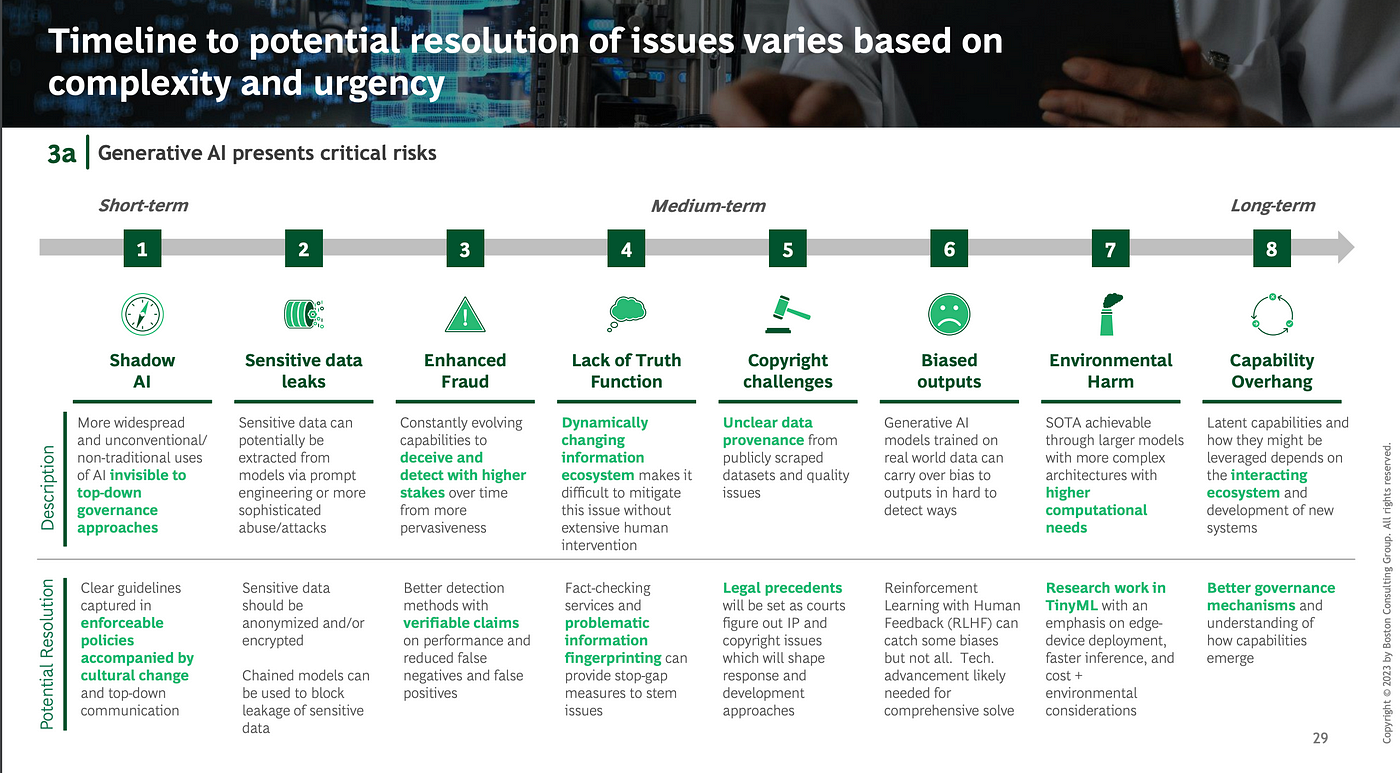“Your employees will end up clandestinely using 3rd Party AI tools if you do not give them access to legit and approved in-house AI tools.
Hence- Build, Buy, Customize, Approve and Adapt is the only way to deal with the AI productivity tools revolution
In recent findings highlighted by Industry Week, an overwhelming majority of 2000 managers acknowledged that up to 30% of their meeting time could be classified as unproductive. This sentiment is echoed in a study by the 3M Meeting Network, where executives estimated that between 25–50% of the duration spent in meetings does not contribute to meaningful outcomes. Further reinforcing this perspective, a survey conducted by Office Team, a branch of Robert Half International, revealed that 45% of the senior executives believe that instituting a weekly “no-meeting day” could significantly enhance employee productivity.
These insights collectively underscore a growing consensus on the need to reassess and potentially reduce the frequency and duration of meetings to foster a more efficient work environment.
Source (Why Meetings Kill Productivity Ray Williams )

To understand the challenges and opportunities associated with the use of artificial intelligence, MIT Sloan Management Review, in collaboration with The Boston Consulting Group, conducted its inaugural annual survey of more than 3,000 business executives, managers, and analysts from organizations around the world.
Let’s unveil the pervasive practices stalling our progress:
- Why do chain emails, often lacking in clear action points, continue to flood our inboxes, diluting our focus and overwhelming us with information of questionable relevance?
- How has the ritual of incessant meetings, demanding our presence regardless of our contribution levels, become the cornerstone of our professional lives?
- Why are we still drafting extensive meeting notes and follow-ups, which, more often than not, become relics in the graveyard of forgotten files?
- In meetings where silence prevails among the majority, what cost are we paying for this enforced attendance in terms of creativity and genuine productivity?
- How much time are we losing in the labyrinth of outdated file systems, searching for documents that should have been easily accessible and well-organized?
- What are the implications of project handovers sans documentation, leaving successors to navigate through the work equivalent of an escape room, deciphering clues left behind?
These questions spotlight the inefficiencies deeply ingrained in corporate practices, raising a clarion call for a transformative solution. Enter the era of Generative AI and AI-powered tools, heralding not just an evolution, but a revolution in how we approach productivity.
The AI Revolution: Solutions at Our Fingertips
Generative AI and AI tools stand at the precipice of radically altering our work environment. Here’s how these technologies promise to address the inefficiencies mentioned:
- Automating Routine Communications: AI can filter and summarize essential emails, turning the tide against the deluge of chain mails. Tools like chatbots can handle routine inquiries, freeing up human intellect for more strategic tasks.
- Optimizing Meeting Management: AI-driven platforms can assess the necessity of meetings, suggest participants based on content relevance, and even predict the optimal duration to achieve objectives without overstaying their welcome.
- Enhancing Meeting Efficiency: Through real-time transcription and summarization, AI can distill meetings down to actionable items and key takeaways, making follow-ups more focused and productive.
- Encouraging Participation: AI can identify quieter meeting participants and encourage more balanced engagement, ensuring a diversity of thoughts and ideas are heard.
- Streamlining Document Management: Advanced AI systems can organize, tag, and retrieve documents with astonishing accuracy and speed, turning hours of searching into seconds.
- Facilitating Seamless Project Handovers: AI can generate comprehensive project documentation, capturing not just the what, but the how and why of project execution, ensuring smooth transitions and continuity.
Why Companies Must Embrace AI Tools
The adoption of AI tools is not just an upgrade; it’s a necessary evolution to keep pace with the demands of modern business. Here are compelling reasons why companies need to integrate AI into their workflows:
- Enhanced Productivity: By automating mundane tasks, AI allows employees to focus on high-value activities, directly boosting productivity and creativity.
- Improved Decision Making: AI’s ability to process and analyze vast amounts of data can provide insights and foresights, enabling better-informed decisions.
- Increased Employee Satisfaction: Reducing the burden of tedious tasks and inefficient processes, AI tools can significantly improve job satisfaction, leading to higher engagement and retention rates.
- Competitive Advantage: In the digital age, the speed and efficiency offered by AI can be a game-changer, providing a significant edge over competitors slow to adopt these technologies.
In conclusion, the integration of Generative AI and AI tools within corporate practices is not just a pathway to mitigating inefficiencies; it’s a bridge to a future where productivity is maximized, creativity is unleashed, and employee satisfaction is paramount. As we stand on the cusp of this revolution, the question is no longer if we will cross this bridge, but how swiftly we choose to do so. The future of work is calling, and it speaks the language of AI.
How the CXO’s should think about the GEN AI opportunity?

AI use case at work also comes with its own risk management

Regards,
Sidhartha Sharma
views are personal
https://www.linkedin.com/in/sidharthasharmadigitalandstrategy/


Leave a Reply